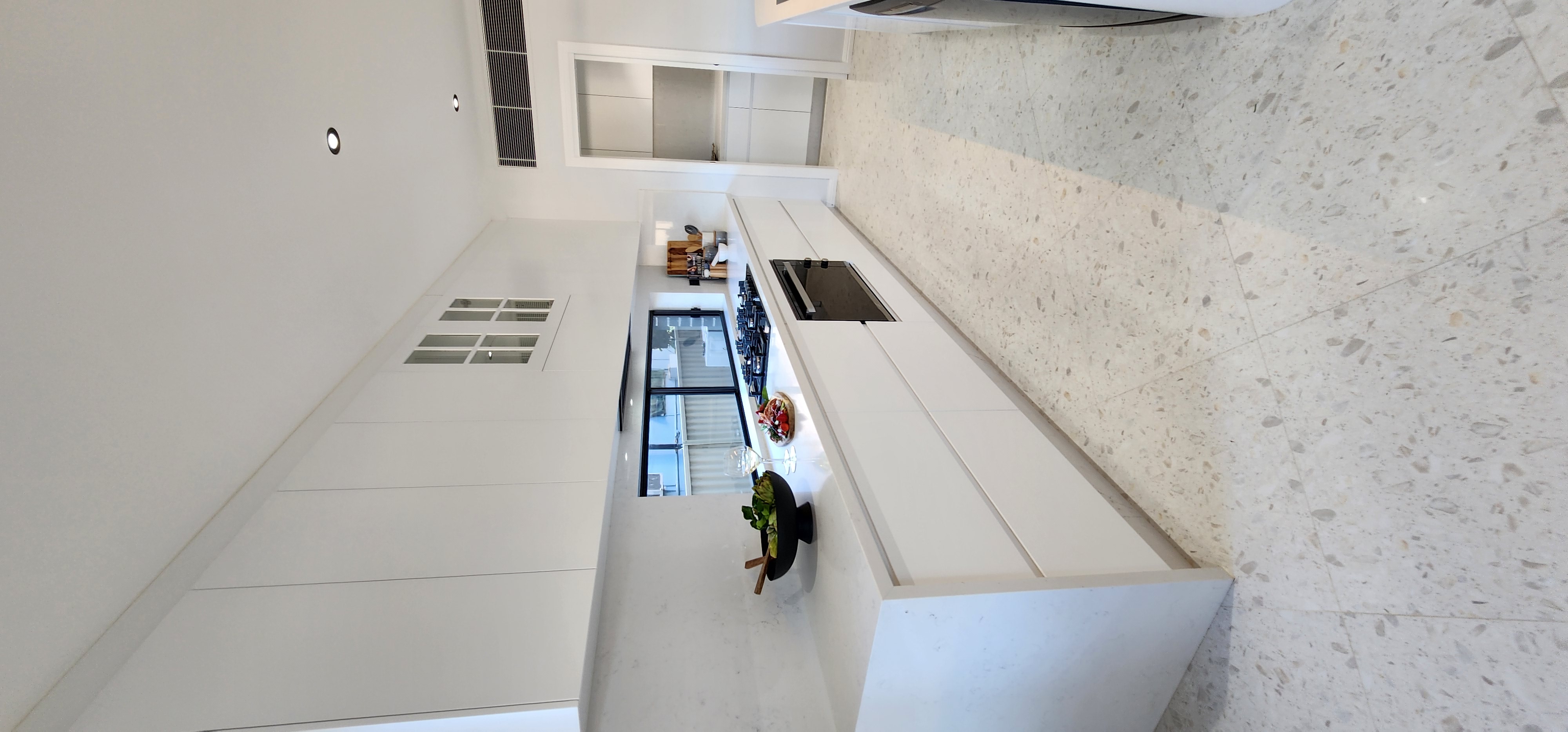BLOG

What is LVR when it comes to a home loan?
When it comes to home loans, understanding the Loan-To-Value Ratio (LVR) is crucial. It's a term you'll encounter when applying for a home loan, and it can significantly impact the terms of your loan. But what exactly is LVR, and how does it affect your home loan?
What is LVR?
The Loan Value Ratio (LVR) is the ratio of the loan amount against the value of the property you've selected and used as security for the loan. LVR determines whether the lender’s mortgage insurance will be needed and what interest rate you are entitled to.
Calculating LVR: A Real-World Example
Let's take the example of Jane and Chris, who are purchasing a new home for $450,000 and will be using $70,000 in cash as a deposit. This means they need a mortgage of $380,000 (excluding fees and charges). To find out their LVR, Jane and Chris need to divide the mortgage amount (including fees and charges) by the value of the property and then multiply this amount by 100. By doing this, they found out their LVR is 84%. Because their LVR is above 80%, Jane and Chris will need to pay the lender's mortgage insurance. This can be added to the total mortgage amount, but it will increase their overall LVR as a result.
How to Decrease Your LVR
Decreasing your LVR can be achieved by saving a larger amount for a deposit, tightening your budget when it comes to finding a property to purchase, or doing both. The way you structure your loan can also help to reduce your LVR. For example, you may be able to use the equity in an existing property to increase your deposit amount. The bigger your deposit, the smaller your mortgage will be, affecting your LVR.
Another option to consider is taking advantage of a guarantor option. This loan allows immediate family members to help you purchase a home without them having to provide cash as an upfront deposit. Instead, the bank takes a mortgage over the guarantor’s property which is used as equity to assist with purchasing the new property.
What Does LVR Mean for Your Home Loan?
Understanding your LVR before you apply for a home loan is important. This will help you to budget for both the possibility of having to pay the lender’s mortgage insurance and the interest rate you will be charged.
Whether you're a professional earning a gross income of $120,000 plus, a first home buyer, an investor, a small and medium enterprise (SME), or a self-managed super fund (SMSF), understanding LVR is crucial when considering home loans.
Interested in learning more about Loan-To-Value and how it can impact your next home loan? Contact Citadel Capital Solutions today to find out more information. Our team of experts is ready to guide you through the process and help you make the best decisions for your financial future.
General Advice Warning
The information on this site is of a general nature.
It does not take into account your objectives, financial situation or needs.
Before acting on any information, you should consider the appropriateness of the information provided and the nature of the relevant financial product having regard to your objectives, financial situation and needs.
What is the First Home Loan Deposit Scheme?

The First Home Loan Deposit Scheme (FHLDS) is an Australian Government initiative to help you buy or build your first home sooner. We're proud to continue supporting this initiative.
If you’re eligible you’ll get a limited guarantee from the Australian Government to buy or build your first home with a low deposit of 5%, without paying Lenders Mortgage...
What costs are involved with buying a home?

Ask yourself one simple question, ‘How quickly do I want to get into my first home?’ This will not only determine how much you need to save but also how long it will take you.
The First Home Owners Grant (FHOG), opens in new window is a national scheme funded by the states and territories. It was established to offset the effect of GST on...
Lenders Mortgage Insurance

How Lenders Mortgage Insurance can help you get into your dream home faster.
If you’re finding it difficult to save a 20% home loan deposit, you might still be able to borrow by paying Lenders Mortgage Insurance. We’ll run through how LMI works and what it might mean for you.
The Lender will normally require LMI if you do not have the required home loan deposit (typically 20% of the property value) and the cost is usually passed...
Buying a House: The Upfront Costs

Outside the deposit, this’ll be your biggest upfront cost. Stamp duty varies greatly from state to territory to state and the rules (and exemptions) can seem complicated.
Check out the government websites of your state or territory. But be warned: the various schemes change almost yearly so you’ll need to check and double check.
As of October 2014, if you’re a...
Current Cashback Offer

Terms and conditions, credit criteria, fees and charges apply.
$2k to $4k Refinance Cashback available for new refinance applications. Offer may be varied or withdrawn at any time.
Limit of one cashback payment regardless of the number of applications, applicants, properties, or loans involved per 12-month period. For joint applications, only one cashback payment will be...
85% LVR with LMI waiver or $1 for First Home Buyer Offer

This offer is only available through St George and 86 400 Bank.
For eligible first home buyers with a Loan to Value Ratio (LVR7) up to 85%, the LMI will be reduced to only $1 with St George or NIL with 86 400.
This offer is not an LMI waiver and your clients will be charged $1.00 for LMI which will be reflected in their Loan Offer...
Australian Credit Licence Number 458791
ABN: 17 166 219 521





